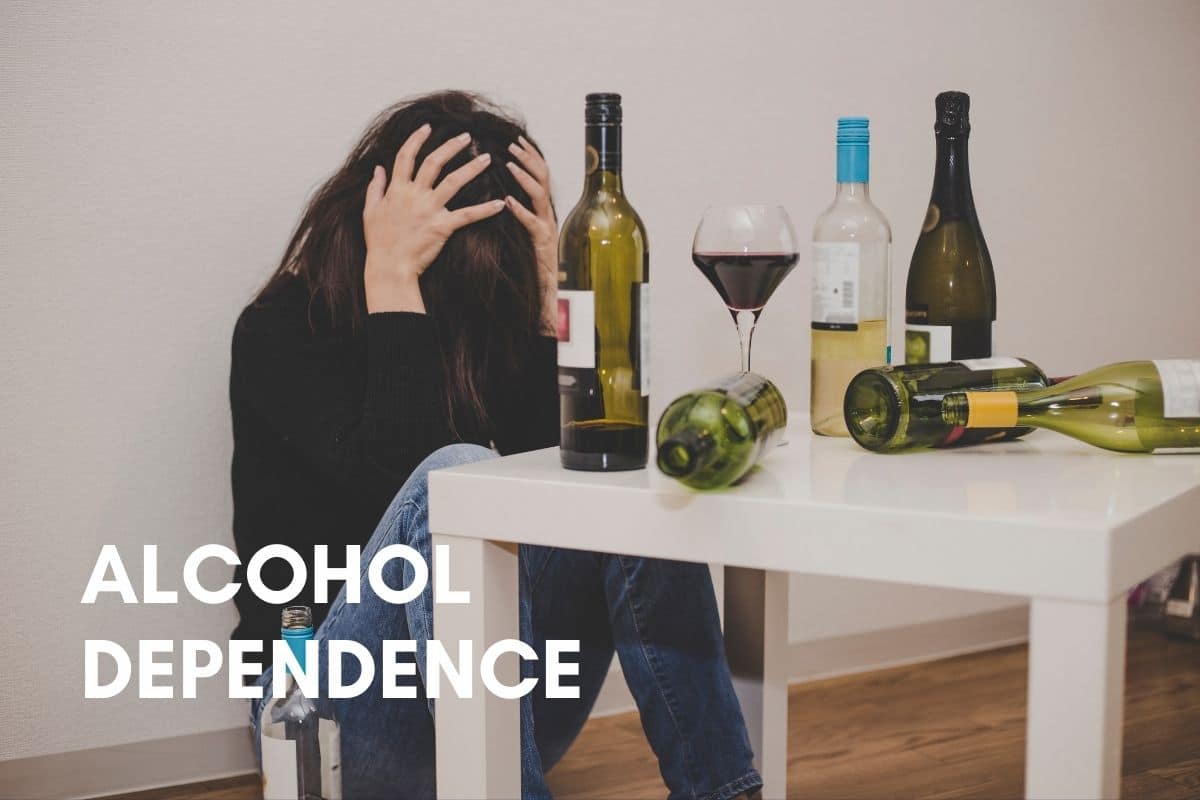Alcohol is one of the most deadly addictive substances on the planet. A substance that is commonly used and carries significant risks, we could all benefit to know a little bit more about alcohol dependence. Here are 5 things you probably didn’t know about this condition.
1. What is Alcohol Dependence?
Alcohol Dependence is one of the terms that may be used when referring to alcoholism. In fact when you Google “alcohol dependence”, a box displays with information on Alcohol Use Disorders and says “Also called: alcoholism, alcohol dependence, alcohol dependence, alcoholism, alcohol addiction”. However, when someone in the treatment industry speaks of dependence, they are referring to physical dependence. This is a condition where withdrawal symptoms begin to develop if alcohol is not consumed for several hours.
2. Increasing Tolerance is a Sign of Dependence Developing
Do you know how people who drink more often are able to drink more without experiencing the effects of alcohol? That is referred to as an increased tolerance to alcohol. When someone’s tolerance has increased drastically, this is a possible sign that they are developing alcohol dependence. So, when some people are excited that they are able to drink more without passing out or getting a bad hangover, they may also be more likely to develop withdrawal symptoms.
3. Dependence is Tied to a Physical Change in the Brain
Dependence is sometimes referred to more specifically as physical dependence. This is because dependence is caused by a change in the actual anatomy of the brain. Alcohol consumption triggers the release of the neurotransmitters dopamine and serotonin. The human body’s adaptability comes into play when heavy alcohol consumption happens over a long period of time. Receptors for the associated neurotransmitters in the brain will actually decrease in quantity over time. Fewer receptors mean less opportunity for neurotransmitters to attach to receptors and a reduction in the effects associated with this connection. However, if alcohol is all of a sudden not present to trigger this increased release of the neurotransmitters, then the neurotransmitters that are produced will have a more difficult time finding one of the few receptors to attach to. Soon alcohol withdrawal symptoms will set in.
4. Dependence Increases the Risk of Relapse
Yes, you read that right. Individuals who have a physical dependence to alcohol are actually at a greater risk for relapsing than an individual who is not physically dependent. It makes sense if you think about it. If you are experiencing severe withdrawal symptoms that were kept at bay by drinking alcohol, wouldn’t you want to take a drink too? Also, those who developed dependence often struggled with a more severe addiction to alcohol.
5. Alcohol Dependence is No Longer in the DMS
Another surprising fact is that alcohol dependence is no longer a diagnosable mental health condition according to the DMS-V. In the DMS-IV, there were criteria to diagnose both alcohol dependence and alcohol abuse as separate entities. In the most recent version of this manual, these terms were done away with and replaced with a single condition: an alcohol use disorder (AUD). However, signs of physical alcohol dependence are still criteria for diagnosing an AUD.
Sources:


































